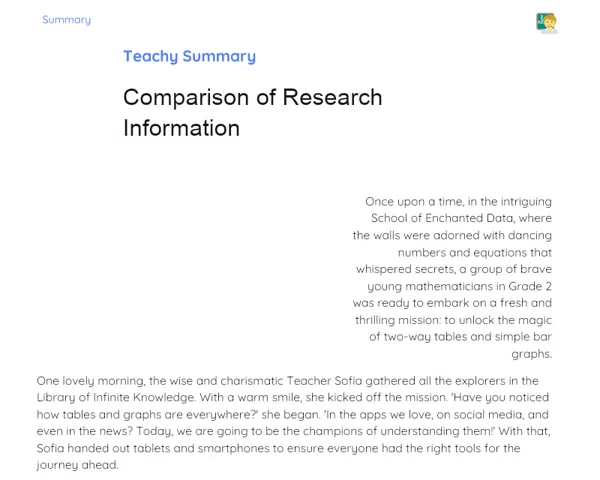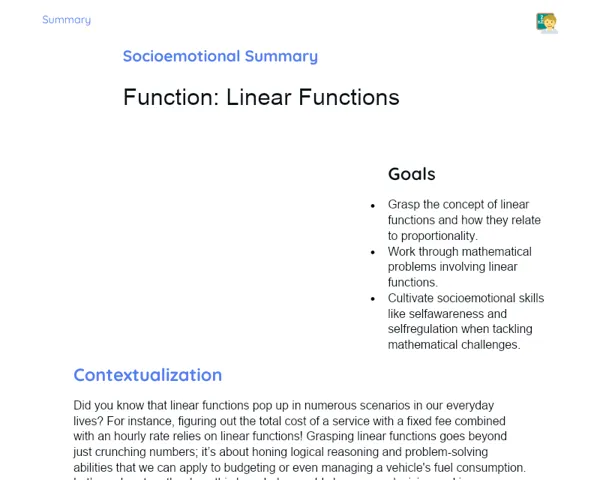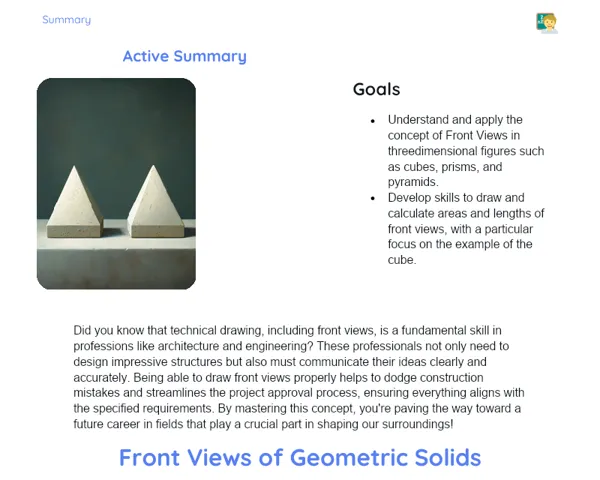Objectives
1. 🎯 Grasp and calculate the measures of internal angles in regular polygons.
2. 🎯 Recognise the relationship between internal and external angles of polygons, applying these concepts in real-life situations and everyday problems.
3. 🎯 Cultivate critical thinking and problem-solving skills through interactive and collaborative activities.
Contextualization
Did you know that polygons and their properties are key not only in mathematics but also in numerous practical applications? For instance, in architecture, architects harness the power of polygons to design visually appealing and structurally sound buildings. By getting to grips with how polygon angles work, you'll not only sharpen your maths skills, but also gain insights into the design and construction of the world around you. 🏗️✨
Important Topics
Measures of Internal Angles of Regular Polygons
The internal angles of a polygon are formed by two adjacent sides. In a regular polygon, all sides and angles are equal, making calculations easier. The total sum of the internal angles is calculated using the formula (n-2) * 180°, where n is the number of sides. This concept is essential for understanding the symmetry and regularity of polygons, which is critical in various practical applications like architecture and design.
-
The total of the internal angles of a regular polygon with n sides is (n-2) * 180°.
-
Each internal angle is found by dividing the total sum by n.
-
The regularity of polygons supports the design of structures that need symmetry and balance.
Relationships between Internal and External Angles
The external angles of a polygon are created by extending one side of the polygon. In regular polygons, all external angles are equal. The link between internal and external angles is that the sum of an internal angle and its corresponding external angle always equals 180°. This property is vital for solving various geometric challenges and understanding complicated shapes.
-
The sum of an internal angle and its corresponding external angle is always 180°.
-
This relationship aids in determining angle measures in polygons or proving properties of geometric figures.
-
Grasping these relationships is useful in practical applications, such as designing symmetrical and functional creations.
Practical Applications of Angles in Polygons
Understanding angles in polygons goes beyond theory; it has significant real-world applications. For example, in architecture, knowing how internal and external angles influence the stability and attractiveness of buildings is crucial. Similarly, in the design of everyday items like furniture or gadgets, employing regular polygons can enhance design efficiency and resource utilisation.
-
In architecture, using regular polygons can improve the stability and aesthetics of structures.
-
In product design, regular polygons can optimise materials and enhance functionality.
-
The ability to calculate and comprehend polygon angles is vital for careers in engineering and computer science.
Key Terms
-
Regular Polygon: A polygon is regular when all its sides and angles are equal.
-
Internal Angle: The angle formed by two consecutive sides inside a polygon.
-
External Angle: The angle formed by one side of a polygon and the extension of an adjacent side.
For Reflection
-
How can understanding the internal and external angles of polygons assist in everyday tasks like arranging spaces or tackling design challenges?
-
In what ways does the regular nature of polygons affect the stability and appearance of architectural structures?
-
Why is it crucial to grasp the properties of regular polygons for careers like architecture, engineering, and interior design?
Important Conclusions
-
Throughout our exploration of angles in polygons, we learned how to calculate and comprehend internal and external angles, essential for practical applications in fields like architecture and design.
-
The regularity of polygons is more than just a mathematical principle; it is a vital tool in the real world, promoting the creation of stable and visually appealing structures.
-
Grasping these concepts enhances your mathematical abilities and opens up avenues for understanding and innovating in projects involving geometry and symmetry.
To Exercise Knowledge
- Design the perfect playground using regular polygons. Calculate the internal angles to ensure each structure is both symmetrical and functional. 2. Use graphic design software to create a mosaic pattern with regular polygons. Take on the challenge of calculating the angles to ensure the pattern is perfectly repeating. 3. Create and construct a box in the shape of a regular polygon, such as a hexagon, while considering both aesthetics and usability.
Challenge
🌟 Junior Architect Challenge: Design a house using only regular polygons for the floor plans and facade. Calculate all angles to ensure the house is both stable and beautiful. Present your project in either a digital format or as a hand-made model!
Study Tips
-
Practice sketching various regular polygons and calculating their internal angles to enhance your spatial awareness.
-
Utilise drawing or 3D modelling applications to explore the regularity of polygons and their applications in real projects.
-
Have discussions with friends or family about how concepts of regular polygons are utilised in everyday life, such as in furniture design or space organisation.



